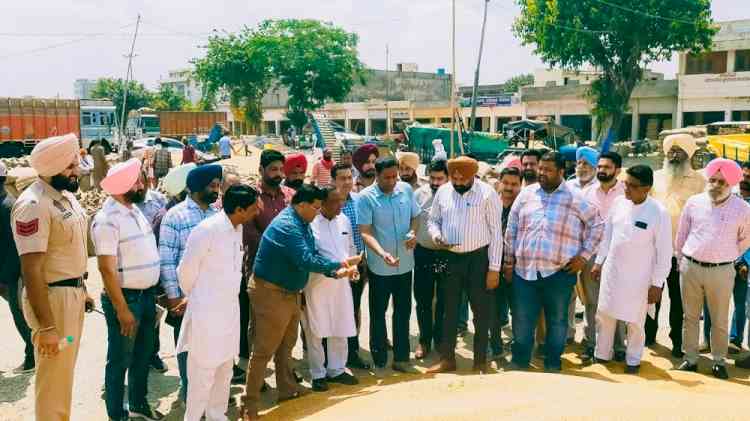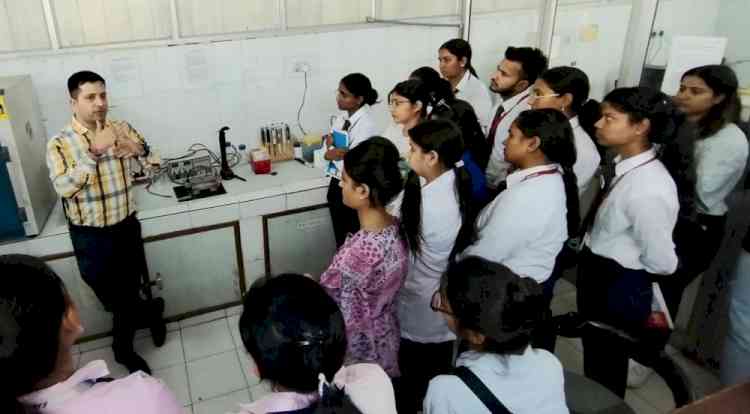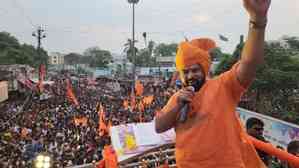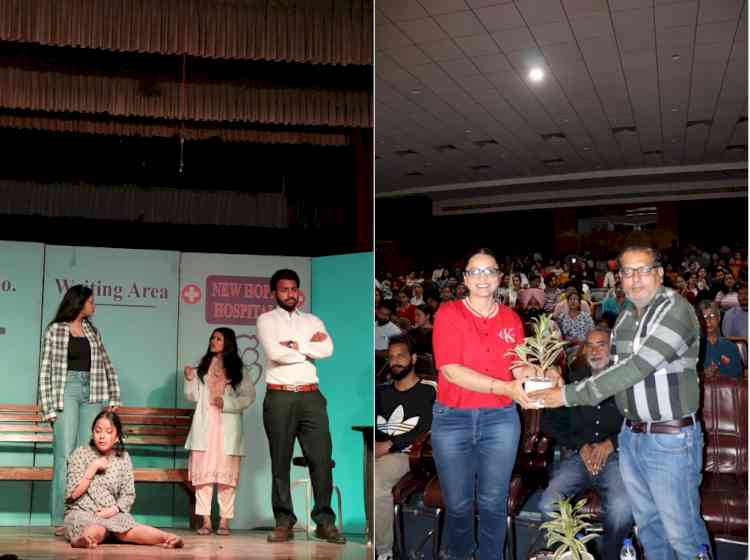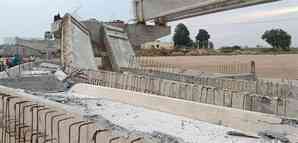Internationally celebrated writer and historian William Dalrymple delivers first Prof. Urmi Kessar Memorial Lecture at Panjab University
Author(s): City Air NewsWilliam Dalrymple at Prof Urmi Kessar Lecture at PU, Chandigarh. photo: city air news Chandigarh, November 17, 2016: Internationally celebrated writer and historian Mr William Dalrymple today delivered the first...


William Dalrymple at Prof Urmi Kessar Lecture at PU, Chandigarh.
photo: city air news
Chandigarh, November 17, 2016: Internationally celebrated writer and historian Mr William Dalrymple today delivered
the first Prof.Urmi Kessar Memorial Lecture at Panjab University (PU).
Mr William Dalrymple delivered the talk on the topic of “Princes and Painters in Late Mughal Delhi, 1707-1857” at the Department of Evening Studies, Principal P.L.Anand Auditorium. The lecture was organized in memory of Prof.Urmi Kessar, who superannuated from the Department of Fine Arts, Panjab University in 2002 and was an alumnus of the University. The annual lecture has been instituted through an endowment made in her name to PU by her family.
Delivering the lecture, Mr William Dalrymple today said that Delhi was the centre of 1857 uprising. “The nationalists may be telling that Barrackpore of Mangal Pandey was the centre of the uprising but after reading all mutiny papers in Delhi National
Archive for five years, I can say that there is not even one mention of Barrackpore in the papers. No one in Delhi knew about Mangal Pandey, who he was. The reality is that the centre of uprising was Delhi and its purpose, overwhelmingly, was to put
back Mughal Emperor Bahadur Shah Zaffar as the emperor of the India. It may seem to be surprising that East India Company Sepoys, which consisted of 80 percent of Hindus, would have wanted to put back a Muslim as the emperor of the country, he
said while addressing a packed PU Evening Department Auditorium.
Mr William Dalrymple referred to the Mughal artistic culture in the 18th and 19th centuries and highlighted the interwoven nature of Mughal, European and regional patronage networks within which Delhi artists operated. He mentioned the works by
Delhi-based court artists Nidha Mal and Chitarman, and less familiar works by artists such as Ghulam Murtaza Khan, Ghulam Ali Khan and Mazhar Ali Khan. Mr Dalrymple also elaborated on the roles and contributions of Delhi-based personalities such as William Fraser, who was Scottish and married an Indian girl from Hansi (Haryana). He referred to the compendium of portraits of soldiers, villagers, dancing women, holy men and Indian nobles.
Mr Dalrymple referred and discussed the transitional period that altered Indian culture, politics and art, and ushered in artistic innovation and experimentation.
PU Vice Chancellor Prof Arun Kumar Grover welcomed Mr Dalrymple and other guests at the lecture. Prof BN Goswami introduced the speaker to the audience and recalled his association with Dalrymple.
The daughter of Prof. Urmi Kessar, Dr Radha Kessar thanked the audience and Mr Dalrymple for making this programme a success. Earlier, the Chairperson of the Department of Arts History and Visual Arts Prof Jagtej Kaur Grewal recalled the
contributions of Prof. Urmi Kessar at the department and the University.

 cityairnews
cityairnews 






